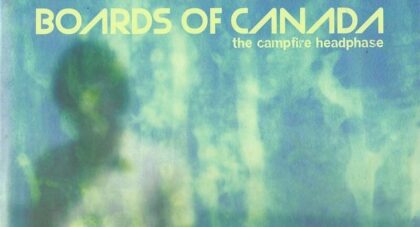The collaborative debut of ambient-classical composers Elskavon & John Hayes, the pair's intent was to frame the sonic strata of their home state of Minnesota's overong winter months. They've succeeded.
This installment of Diversions catches up with Elskavon and Hayes as they run us though a sampling of the art (and atmosphere) that informs their debut . . .
Only the good shit. Aquarium Drunkard is powered by its patrons. Keep the servers humming and help us continue doing it by pledging your support.
To continue reading, become a member or log in.


